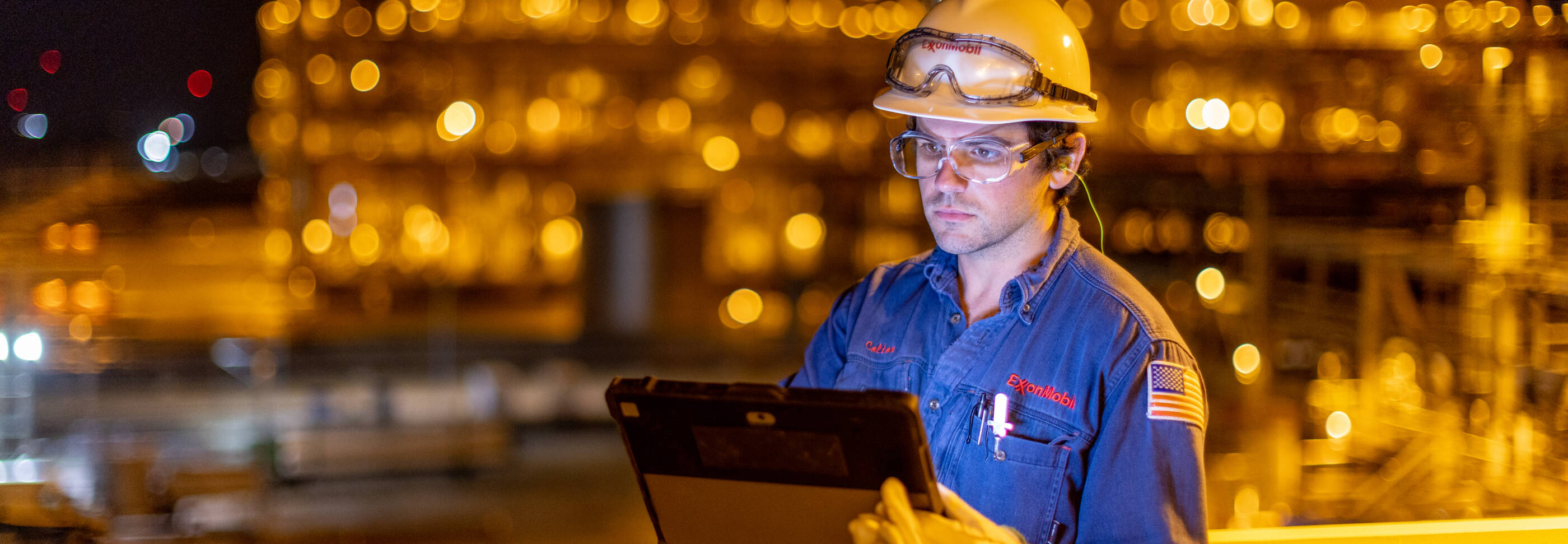selected item
Frequent questions
About the facility
GCGV products
Working with GCGV
If you are interested in learning more about careers in the petrochemical industry, visit www.petrochemworks.com.
Safety, health and environment
Ethane, the feedstock for the facility, is heated (“cracked”) to form a mixture of ethylene and other gases. The mixture is then distilled further in a series of processes to create pure ethylene. The ethylene is then transferred to derivative units, which produce polyethylene and monoethylene glycol.
Significant investment has been made in Best Available Control Technologies (BACT). Ongoing monitoring occurs at the site, including continuous emissions monitoring systems, rigorous leak detection and repair monitoring and fence-line monitoring. GCGV also installed air monitors in the community to provide additional, publicly available data. This information can be accessed at https://gpair.ceer.utexas.edu.
Flares are important safety devices used to keep a facility running safely during unplanned operational interruptions or during scheduled maintenance activities. Because this is a brand new facility, GCGV engineered a staged system consisting of elevated flares and a ground flare.
The ground flare is the primary flare at the facility, while two elevated flares are used for smaller quantities of product. One benefit of this design is the sound produced by the ground flare is estimated to be two orders of magnitude lower than the sound from an elevated flare when flaring the same amount of product.
Systems with ground flare technology have demonstrated:
• Reduced hydrocarbon emissions (they achieve higher destruction efficiency than alternatives)
• Reduced noise
• Reduced low-frequency vibration
• Reduced illumination (the ground flare flame is behind a fence at ground level)
• Reduced energy consumption (which minimizes emissions, including greenhouse gases)
• Reduced water consumption
Learn more about GCGV’s ground flares.
Flares are important safety devices used to keep a facility running safely during unplanned operational interruptions or during scheduled maintenance activities. During these periods, material is collected and routed to the flare system, which functions to maximize combustion of hydrocarbons, or VOCs, while minimizing the amount of emissions in the air.
To learn more about GCGV’s ground flares watch this video.
Share your feedback

